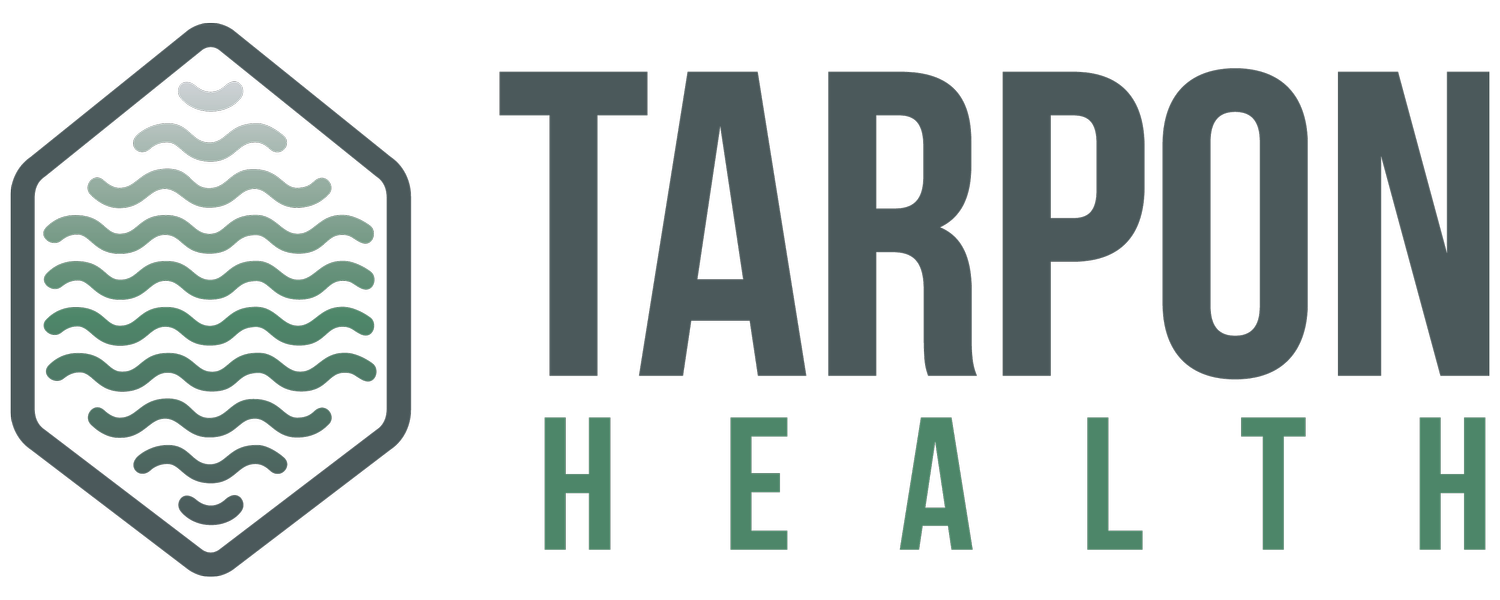Member Automation Story
Featuring Jen Snyder, Associate Director of Decision Support for Colorado Medicine
-
“We are building a strong operating model to ensure that everyone knows what to expect when we build an automation. This includes things like how to gather ideas from staff, go-live checklists, manage enhancement requests, etc. The intake process is the first step in the operating model, so we are focusing on that first.
We believe that investing in a strong operating model is critical in ensuring that the automation solution meets the needs of the business. The milestones and expectations that we design will allow our team to execute efficiently.”
-
“We’ve had such good partnerships along the way.
Two external partnerships that helped us are Tarpon and UiPath. Tarpon helped the team ramp up the program by providing valuable insights from their experience in this niche space. It makes all the difference having a place to take all your questions. UiPath provided training and education on RPA, as well as the first build of the automations. We learned so much from those first implementations.
Two internal partnerships are IT and operations. The IT team has been an excellent partner in setting up the automation program for success. They have been responsive and helpful in addressing any technical challenges. We’ve created a strong bond with our infrastructure team in particular. The revenue cycle operations team is also such an important partner of ours. Their engagement is going to help us select, design, and implement automations that will make a meaningful impact on our organization.”
-
“Through the first two automations, we’ve realized how important it is to understand the process you plan to automate. For this reason, we plan on hiring a business analyst who will sit at the intersection between operations and development, and will design all the automations. I know your team refers to this as a Solution Architect. We are also hiring a developer so that we can actually build and support the automations!”
-
“We are building a strong operating model to ensure that everyone knows what to expect when we build an automation. This includes things like how to gather ideas from staff, go-live checklists, managing enhancement requests, etc. The intake process is the first step in the operating model, so we are focusing on that first.
We believe that investing in a strong operating model is critical in ensuring that the automation solution meets the needs of the business. The milestones and expectations that we design will allow our team to execute efficiently.”
-
“We love the practical and relevant experience in the room. You can bring very niche questions and get them solved very quickly. There is a lot of value in understanding the collective experiences and what is (and isn’t working) working with others.”
-
“We initiated an automation program to address critical people-related issues, including employee attrition, labor costs, and work accuracy. Reskilling staff and enhancing their quality of life were also important factors.
Our team dedicated significant time to researching automation options, vendor partnerships, and the practices of peer organizations. We wanted to determine if it was feasible to handle these initiatives in-house. Ultimately, we are confident in our ability to manage a successful automation program that will address these issues and more.”
-
“In general, the organization has been very supportive of the program. We always planned on having the program report through the revenue cycle to ensure that it was aligned with the business's goals and objectives. However, we knew that we would need to work closely with our IT department. There was some concern that our IT department would have to handle more work, such as infrastructure requests, as a result of the program. We addressed this concern by developing a plan for managing the additional workload with our IT department.”
-
“As I mentioned earlier, our program reports up through the revenue cycle. Kim Davis, Senior Director of Revenue Services, is our project champion. She is responsible for ensuring that the program is aligned with the overall goals of the business.
The program falls under Revenue Services Decision Support, which I manage. This means that I am responsible for ensuring that the program is delivering the desired results. I also oversee process improvement and analytics for all the operations in the revenue cycle. This ensures that we are continuously identifying opportunities for improvement and that we are using data to make informed decisions.”
-
“Here are three pieces of advice:
Build strong vendor relationships: The vendor you choose will be a critical partner in your automation journey. Make sure to choose a vendor that is a good fit for your organization and that can meet your specific needs. For example, we were able to learn from the UiPath implementation team as they built our first automation. Tarpon has been so useful for our team in developing our actual program.
Do the training. It is important to train your staff on the basics of RPA, as well as the specific platform that you will be using. The time we spent understanding the technology and how it can be applied has really helped.
Focus on process improvement upstream. Before you start automating, take the time to identify the processes that would be the best fit for RPA. You should also make sure that the processes are well-defined and repeatable.”
-
“We used our longstanding, monthly Discovery Workgroup to prioritize automation ideas. The workgroup is composed of revenue cycle and IT leaders, and it allows for shared prioritization of many initiatives.
More specifically, our team created a tool to prioritize automation ideas. The tool took into account important factors such as: volume per week, minutes per task, number of departments the workflow touches, impact on core KPIs (weighted), and cash cycle times, among others. The tool then assigned a score to each idea and we selected the automations that produced the highest scores.
We felt that it was important to take as much bias out of the process as possible. It also gave our team a common language from which to work. I believe it allows us to identify the most important automation opportunities.”
About Jen Snyder
Jen Snyder manages the automation team at Colorado University Medicine. Launched in early 2023, the program is hitting its stride. The organization is already benefiting from two automations that are live. There is still much to learn, but the groundwork is laid and the future is bright.
Jen’s leadership of this upstart program is an example many other health care providers can learn from, and she sat down with Tarpon’s Nicholas Malenka to share her journey. The following is an edited version of their conversation.



